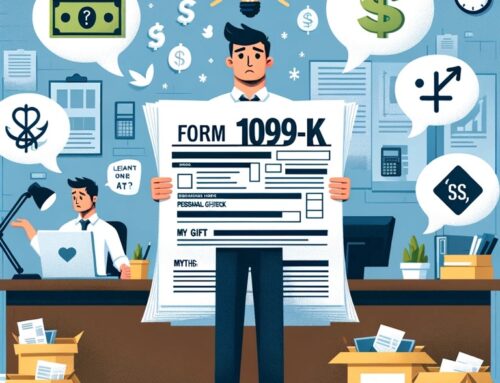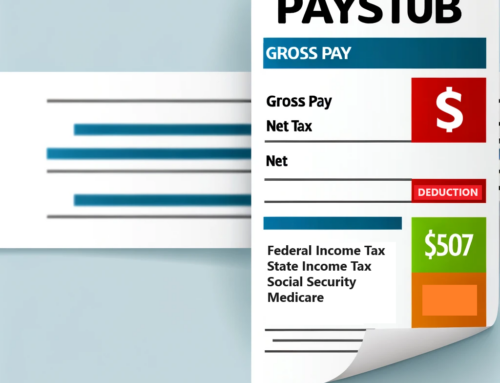If your business is a C corporation, it may be a good time to arrange for dividend payments, stock redemptions and stock sales. Though the federal income tax rate structure is currently favorable, it’s scheduled to change dramatically after this year. Here are some strategies to consider before the end of 2010.
Take Advantage of Historically Low Rates Now
If you own shares in a closely-held C corporation, you probably know the 2010 federal income tax rate structure is quite favorable for these reasons:
- If your company pays you a taxable dividend this year, the maximum federal income tax rate is only 15 percent; and
- That same 15 percent maximum rate applies to 2010 corporate payouts or stock sales that generate long-term capital gains.
Dividend and Capital Gains Taxes Are Almost Certain to Go Up
With the passage of the massive healthcare bill, odds are the current taxpayer-friendly picture will only last through the end of this year. Unless Congress takes action to extend the status quo, higher taxes on dividends and long-term gains will kick in on January 1, 2011, when the “Bush tax cuts” are scheduled to expire.
Even if the Republicans take back Congress in November, they might not be able to change the tax outlook anytime soon. Through 2012, the President has stated he would likely veto any tax cuts as the revenue will be needed to help pay for government healthcare.
Here are the specifics about what is likely coming down the pike:
Dividend Taxes
The maximum federal rate on dividends is scheduled to increase from the current 15 percent to 39.6 percent on January 1. Although the President has promised more than once to limit the maximum rate to 20 percent, that pledge has changed.Beginning in 2013, the new healthcare legislation will impose an additional 3.8 percent Medicare tax on a high-income individual’s net investment income, which is defined to include dividends. That raises the maximum dividend tax rate to at least 23.8 percent for 2013 and beyond. For affected individuals, that’s at least a 58.7 percent increase in federal taxes on dividends (23.8 percent is 158.7 percent of 15 percent).
For this purpose, a high-income individual has an adjusted gross income of $250,000 if married and filing jointly or $200,000 for single filers.
Taxes on Long-Term Gains
Starting January 1, 2011, the maximum rate on most long-term capital gains is scheduled to increase from the current 15 percent to 20 percent. And in 2013, the new healthcare legislation will impose an additional 3.8 percent Medicare tax on a high-income individual’s net investment income, which is defined to include long-term gains. As with dividends, that means a maximum federal tax rate of at least 23.8 percent for 2013 and beyond. For affected individuals, that amounts to at least a 58.7 percent increase in federal taxes on long-term gains.Depending on where you live, your state income tax rate on dividends and long-term gains may be headed higher too.
What Can You Do?
Call AFSG to discuss options for your specific situation.
Source: Maloney + Novotny Business Advisors and CPAs Latest News Article 05.14.10 http://www.maloneynovotny.com/news-resources/latest-news/051410.html




Leave A Comment
You must be logged in to post a comment.